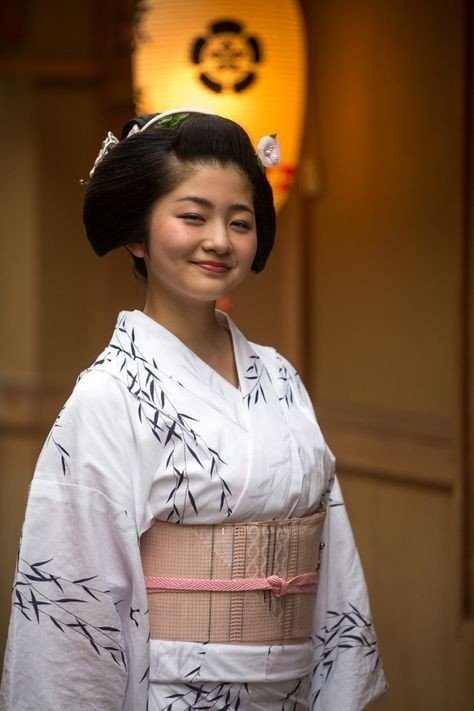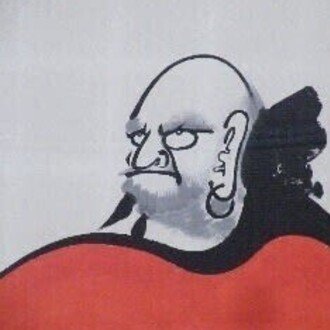
"おもてなしの心技空"が凝縮されている【芸者】 "Hospitality of heart・technique・space" is condensed. 【geisha】
俗界から離れ、夜の花街で芸者さんをお座敷に呼んで遊ぶのは、お金持ちの旦那衆というイメージがある。いまの時代も、昔より門戸が開かれたといえ一見さんは座敷にはあげてもらえない。花街のお茶屋さんは、昔から「第二のお家」という気持ちで御贔屓さんをおもてなししている。そのお家に見ず知らずの人をあげない、という習慣がある。もっともな理屈である。
There is an image that rich people are the ones who call out geisha to the tatami room in the Hanamachi(Geisha town area) at night and play away from the world. Even in the present era, even though the door has been opened from a long time ago, Mr. The Okiya(shop) in the Hanamachi have always welcomed special customer as a "second home". There is a custom of not giving strangers to the house. It is a reasonable reason.

代々の芸者さん / Geisha for generations
ここ数年、フェイスブックで京都祇園、金沢、高知、東京などなどの花街の芸者衆のお姉さんがたと繋がっている。芸者衆もSNS等で情報を発信し開かれた花街を紹介している。お陰で花街の伝統文化や習わし等に関心を寄せるひとりになっている。
For the past few years, Facebook has been connecting with geisha girl in the Hanamachi of Kyoto such as Gion, Kanazawa, Kochi and Tokyo. Geisha also introduce information about hanamachi, which has been opened by sending information via SNS. Thanks to it, I am one of those who is interested in the traditional culture and lessons of the Hanamachi.
昔、何度かお客さんに連れられ祇園のお茶屋さんに連れて行ってもらったことがあるが、俗界にたっぷり浸かっていた当時は、あのお遊びの粋さを知る由もなかった。
I used to be taken by a customer to the Okiya in Gion a few times in the old days, but when I was soaked in the world, I couldn't know the essence of that play.
そのお茶屋さんには、御贔屓さんをおもてなしする芸者さんが、それぞれに所属している。芸者さんには、ご承知のとおり「舞妓」さんと「芸妓」さんがいる。舞妓さんは、十代からお茶屋さんに入り芸妓さんになるために数々の稽古事や行儀作法を学ぶ。その稽古事には、舞踊、お囃子(笛・小鼓・大鼓)、三味線に唄(長唄・常磐津・清元・小唄)、そしてお茶等々、かなり厳しい稽古が続くという。一つだけでも稽古するのが大変なのに、と思ってしまう。
A geisha who welcomes special customer belongs to the Ochaya. Geisha, as you know, are "maiko" and "geiko". Maiko learned a lot of practice and manners to enter the Okiya and become a geiko from teens. It is said that the lessons are followed by dance, hayashi (whistles, small drums, big drums), shamisen, songs (Nagauta, Jobanzu, Kiyomoto, small songs), and tea. I think it's hard to practice just one, but I think.
晴れて21歳になると芸妓としてお店にでて、舞妓時代に鍛え磨かれた技能をお客様のお座敷で披露する。
芸妓さんと舞妓さんとの違いは歴然としている。その大きな違いはまず頭(ヘアー)。舞妓さんは地毛(自髪)で結うが、芸妓さんはカツラをかぶる。写真を見ると確かにそのようだ。着物は、舞妓さんは中振り袖で肩を縫い上げ、帯は長くだらりと垂れ下げる。そしておこぼ(こっぽり)を履く。それに対して、芸妓さんは袖も短く帯は太鼓結びが普通のようだ。
When it becomes sunny 21 years old, it will go to the store as a geiko and show off the skills trained in the Maiko era in the guest room.
The difference between Geiko and Maiko is clear. The big difference is the head. Maiko ties her hair with her own hair, while geiko wears a wig. That's certainly the case in the photo. As for the kimono, Maiko sewed up her shoulders with medium-sleeved sleeves, and the belt was long and drooped down. Then wear Okobo(kotsuhori). On the other hand, geiko seems to have a short sleeve and taiko knot of the obi.
この花街には、伝統文化が根強く伝承されている。古くからの慣習や習慣、そしてお座敷、その空間、芸者さんの衣装や身形、さらにおもてなしをする技能等々あげれば切りがないほどある。厳しい世界であるのは言うまでもない。なによりもこの花街はおもてなしの “心と技と空間" が凝縮された世界である。
Traditional culture is deeply passed down in this Hanamachi. There is no end to the old customs and habits, as well as the tatami room, its space, the geisha's costume and figure, and the hospitality skills. It goes without saying that it is a tough world. Above all, this Hanamachi is a world in which the "heart, skill and space" of hospitality is condensed.
そんな花街の世界へ自分の意志でチャレンジする十代(中高校卒業)の女子が少し増えていると聞く。数少ない伝統技能文化の伝承者として頑張ってほしいと願っている。
I hear that the number of teenage girls (graduated from junior high school and high school) who are willing to take on the challenge of going to such a world of Hanamachi is increasing. I hope that they will do the best as a handed down person who is one of the few traditional craft cultures.

芸妓さん / Geiko

舞妓さん / Maiko
レポート & 写真 / Yuji Watanabe 写真(舞妓・芸妓) ネット画像転載
いいなと思ったら応援しよう!

